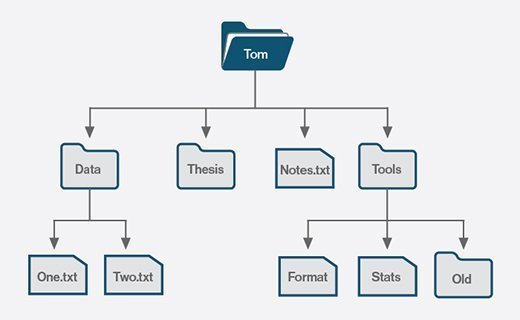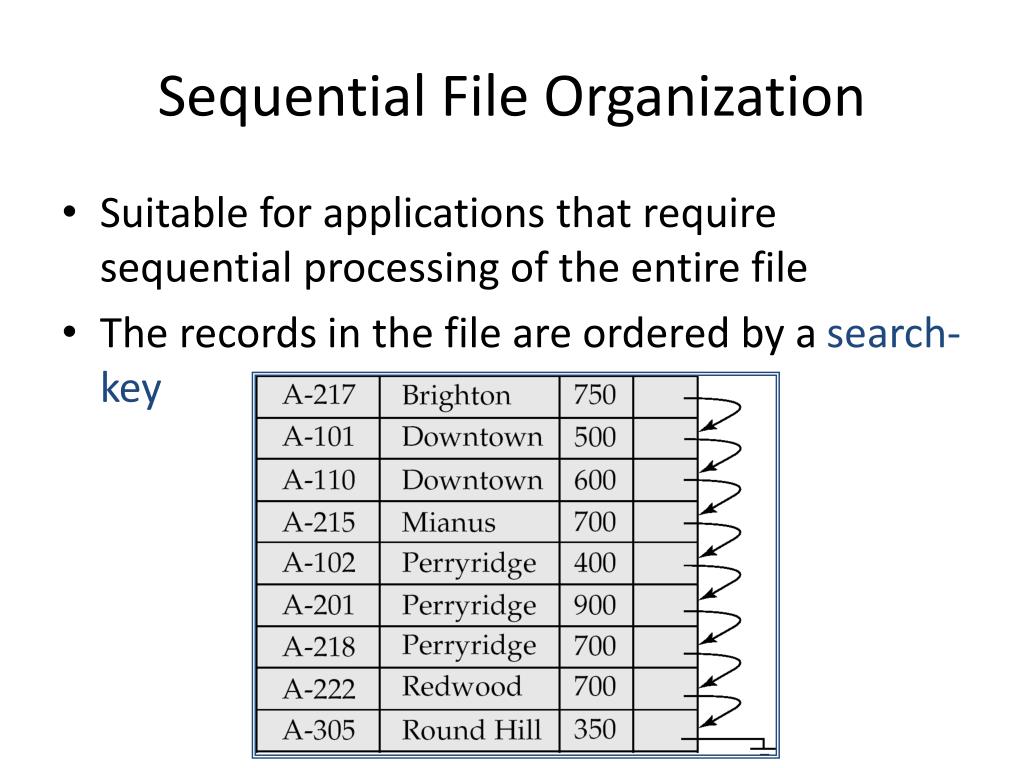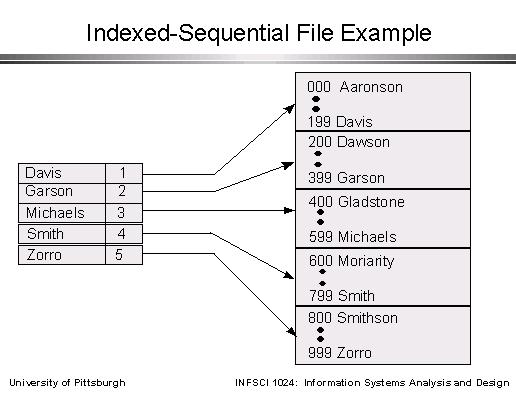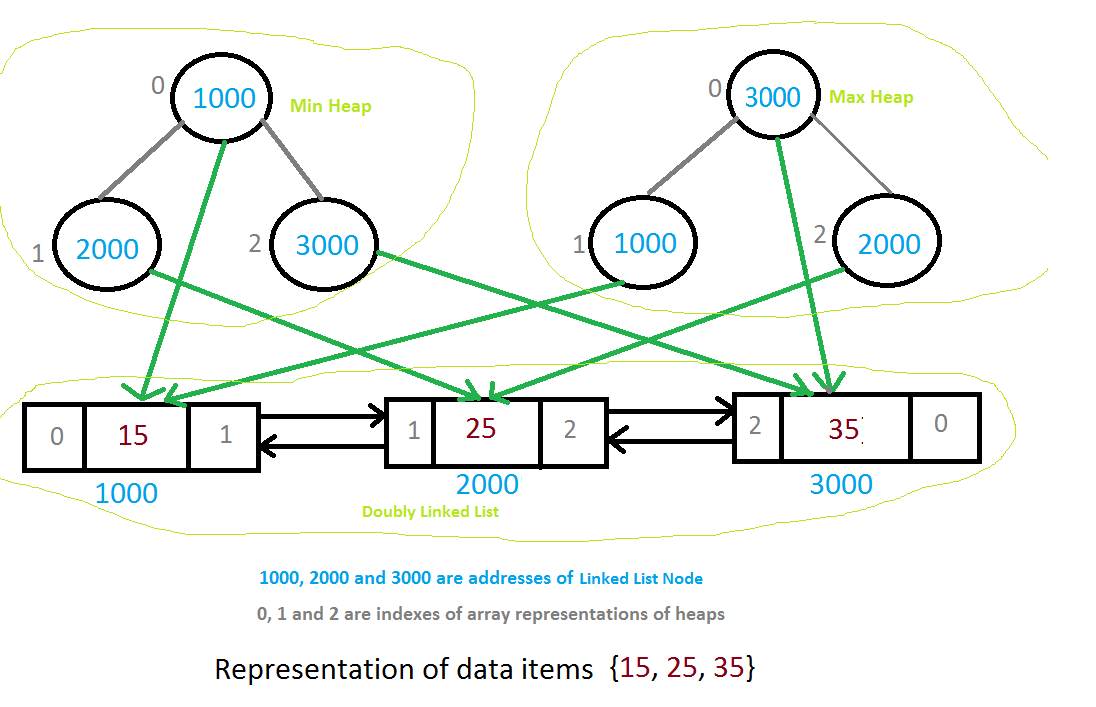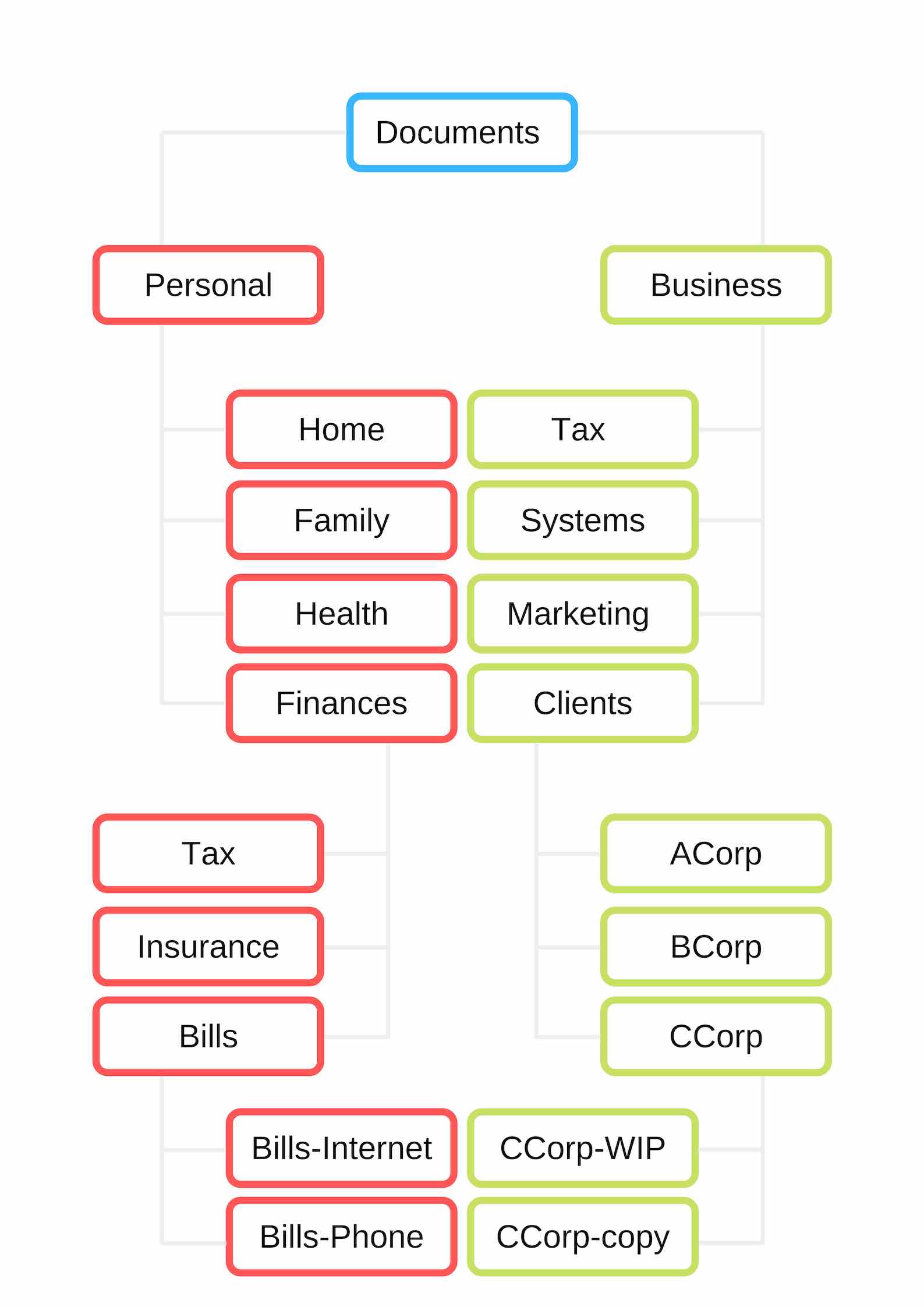Explain File Structure Presentation
| Introduction to File Structure | ||
|---|---|---|
| File structure refers to the organization and arrangement of data within a file system. It determines how files are stored, accessed, and managed on a computer or storage device. Effective file structure is essential for efficient data storage and retrieval. | ||
| 1 | ||
| Types of File Structures | ||
|---|---|---|
| Sequential File Structure: Data is stored in a linear manner and accessed sequentially. Random File Structure: Data is stored in a non-linear manner and accessed randomly. Indexed File Structure: Data is stored with an index that allows for faster retrieval. | ||
| 2 | ||
| Components of File Structure | ||
|---|---|---|
| File Control Block (FCB): Contains metadata about the file, such as its name, location, and permissions. Data Blocks: Contain the actual file data, organized in a specific format depending on the file structure. Directory: Acts as a catalog or index, providing a hierarchical structure to organize and locate files. | ||
| 3 | ||
| Sequential File Structure | ||
|---|---|---|
| Data is stored in a continuous manner, with each record following the previous one. Accessing data requires reading through the entire file from the beginning. Suitable for applications that require data to be processed in a specific order, such as transaction processing. | ||
| 4 | ||
| Random File Structure | ||
|---|---|---|
| Data is stored in a non-linear manner, allowing for direct access to any record. Each record has a unique address or key that enables quick retrieval. Ideal for applications that require frequent and random access to specific data, such as databases. | ||
| 5 | ||
| Indexed File Structure | ||
|---|---|---|
| Data is stored in a combination of sequential and random access structures. An index is created to map the record addresses to their actual physical locations. Provides faster access to records while maintaining the benefits of sequential file structure. | ||
| 6 | ||
| Benefits of Effective File Structure | ||
|---|---|---|
| Efficient data storage and retrieval, reducing access time and improving system performance. Easy organization and management of files, ensuring files are logically grouped and easily located. Enhanced data integrity and security through access control and file permissions. | ||
| 7 | ||
| Challenges in File Structure Design | ||
|---|---|---|
| Balancing between efficient data access and storage space utilization. Handling concurrency and ensuring data consistency in multi-user environments. Adapting to evolving technology and changing data storage requirements. | ||
| 8 | ||
| Best Practices for File Structure Design | ||
|---|---|---|
| Analyze the nature of data and the intended usage patterns to determine the most suitable file structure. Regularly review and optimize file structures to accommodate growing data volumes and changing requirements. Implement proper file naming conventions and directory structures for easy file management and organization. | ||
| 9 | ||
| Conclusion | ||
|---|---|---|
| File structure is essential for organizing and managing data within a computer or storage device. Different file structures offer varying benefits and are suitable for different types of applications. By designing and implementing an effective file structure, organizations can optimize data storage and retrieval, improving overall system performance. | ||
| 10 | ||
